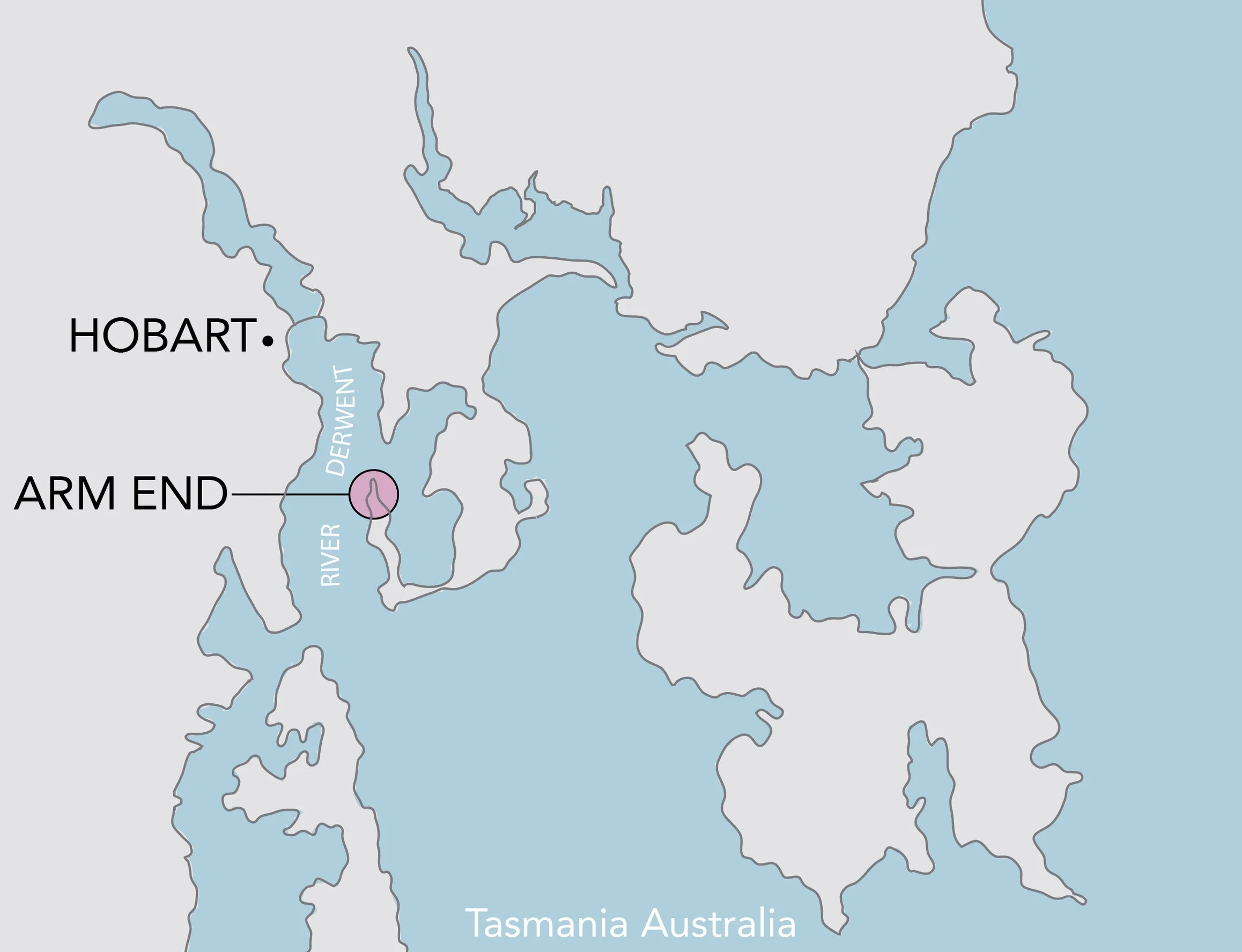Peter McGlone
The Gellibrand Nature Recreation Area, known locally as the Arm End Reserve is a 116 hectare reserve and forms the northern most tip of the South Arm Peninsula on the eastern shore of Hobart.
Unusually the reserve was created following the purchase of the land by the state government from the Calvert family in 1995 for $250,000. Prior to 1995 the owners wanted to subdivide the whole of Arm End, as drought had made farming unprofitable. The subdivision approval was overturned when it was successfully appealed by local landowners and the TCT. It remained unallocated Crown land for many years and was reserved in 2011. Since March 2013 a company called Mary Ann Island Pty Ltd has had approvals for a 18 hole golf course spread across the entire reserve.
In 2012 the state government consented to the first development application and later signed a lease without consulting community despite the property being purchased with tax-payers money. The Labor/Green government never asked the community if they wanted a golf course, any other development or no development.
Most of the shoreline of Arm End is regenerating coastal woodland dominated by she oak, bursaria, and native hop and with dense tussock grass and sag understory. But the interior is largely paddocks dominated by introduced grass species, a result of its nearly 200 years of stock grazing. In the paddocks there are small patches of planted trees and shrubs thanks to the local Coastcare group and limited natural regeneration.
Although it is far from pristine there are no buildings of any kind on the reserve and it provides outstanding and almost entirely unobstructed views looking north up the Derwent River, west to kunanyi /Mount Wellington, east across Ralphs Bay and south to Betsy Island. The views looking from Arm End or from the water toward Arm End are magnificent. There is a rough six kilometre walking track plus shorter routes that attracts increasing numbers of people wanting an easy walk or cycling option away from vehicles.
Arm End is also exceptionally important to the aboriginal community and it is hard to find any part of the reserve without signs of aboriginal use and settlement.
The Tasmanian Aboriginal community has strongly opposed the golf course because of impacts on their heritage. Many locals and Hobart residents oppose it because they don’t see golf and walking as co-existing.
Recently a South Arm resident made a Right to Information request for information about the lease was but told that no information was to be provided. The locals do not even know what area of land the lease applies to, its duration or what responsibilities the leaseholder has to control weeds or other matters. Boxthorn, in particular, has been spreading rapidly across the northern part of the reserve.
The Coastcare group has been writing to the PWS for eighteen months to get the leaseholder to effectively manage the weeds at Arm End. While some weeds, such as gorse, broom and serrated tussock, have been addressed adequately following the Coastcare group’s persistent nagging, the most threatening weed, boxthorn, has been largely untouched. Because the lease conditions are kept secret the Coastcare group does not even know whether control of boxthorn is one of the lease holder’s responsibilities and where the boundary stops. The vast amount of boxthorn is beyond the capacity of the Coastcare group and the PWS doesn’t deal with it, so it is left to continue to spread.
It seems that the Arm End proponent cannot afford to effectively control weeds until they receive funding for the development and can control weeds as part of the golf course development and landscaping.

